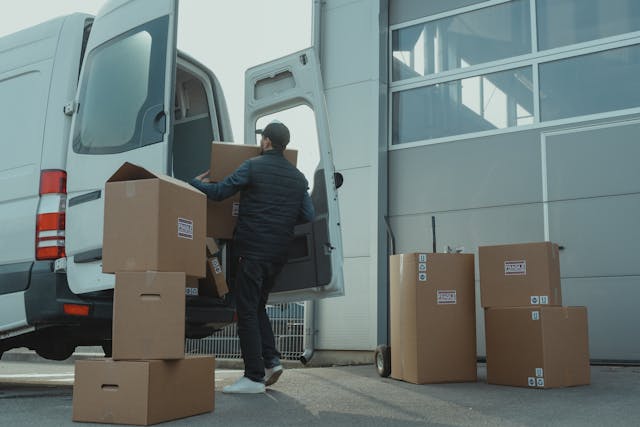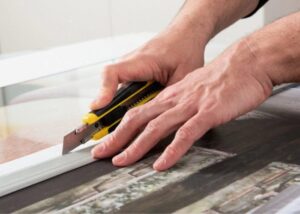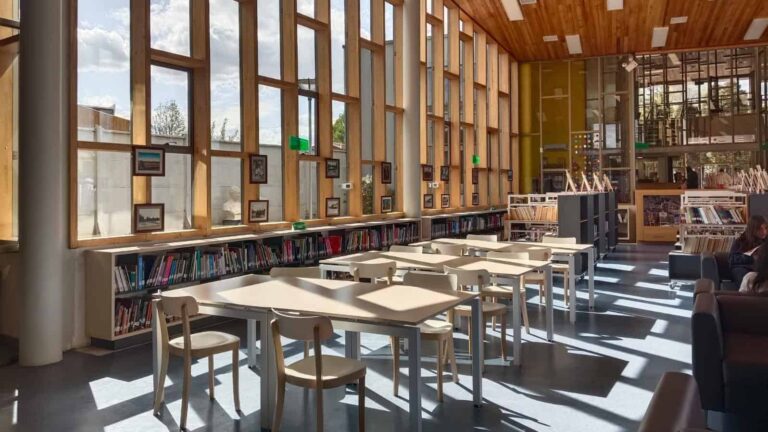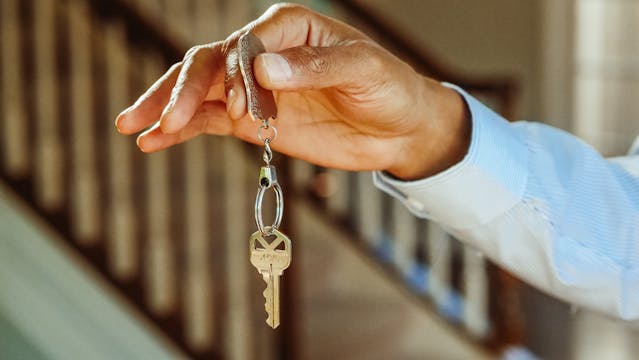Every business that deals with deliveries knows the problem. You’ve got packages showing up too early, too late, or to the wrong person. Sometimes a delivery driver’s waiting outside while your manager’s stuck in traffic. Other times, it’s worse—boxes get dropped in unsecured spots, or someone walks off with an expensive shipment before anyone notices. For years, the best answer was handing out extra keys or setting up some clunky system involving padlocks, text messages, and crossed fingers. It was patchwork. It was risky. And it was nobody’s idea of efficiency.
But that era is closing fast. Smart lock systems are stepping in as the better, quieter, more reliable solution. These aren’t just toys for tech-forward startups—they’re quickly becoming the norm for warehouses, delivery hubs, retail storefronts, and even back-of-house restaurant operations. The idea is simple: give trusted people access only when they need it, no physical keys involved, and keep a timestamped record of who came and went.
Table of Contents
ToggleLetting Go of the Key Chain
The key, metaphorically and literally, is control. Smart locks give businesses an easy way to grant or revoke access without having to be there in person. No more lost keys. No more changing locks every time someone quits. And more importantly, no more leaving deliveries out in the open because no one’s around to receive them.
A commercial smart lock bridges that gap between convenience and security in a way old-school methods never could. Delivery drivers can be given short-term digital access that works for a specific door and a specific time window. The second their job’s done, the access expires. There’s no copyable key floating around, no door left propped open. Whether it’s a flower shop receiving a pre-dawn shipment of fresh stems or a medical office getting sensitive supplies overnight, this setup gives business owners more peace of mind and fewer frantic phone calls.
Time Is Money, and Wasted Access Wastes Both
Small businesses often work lean. There isn’t always a back-office team or a designated facilities manager to coordinate building access. That means a delayed delivery can throw off a whole day, especially if the product is perishable or critical to operations. It’s one thing to reschedule a printer toner drop-off. It’s another to lose a shipment of seafood or miss a tool rental that was supposed to be returned before late fees kicked in.
Smart locks solve that by giving businesses control from anywhere. From a phone or dashboard, an owner or manager can let someone in—even if they’re across the country. They can see who’s accessed which door and at what time. They can confirm that a driver actually dropped off the shipment or tracked down exactly when a contractor entered the job site. That’s the kind of control that builds trust, keeps operations smooth, and protects the bottom line.
Built for Flexibility, Not Just Security
One of the strongest features of smart lock systems isn’t just security—it’s how flexible they are. Let’s say you’ve got a retail space that doubles as a pop-up shop on weekends. Different people need access at different times, but you don’t want to hand out a dozen physical keys that could end up anywhere. With smart locks, you can create individual profiles tied to each person’s phone or code, with time-based permissions and clear expiration rules. There’s less risk of someone coming back when they shouldn’t, and you don’t have to rekey the building every other week.
It also opens up new possibilities for unattended operations. Some smaller businesses are now running early morning restocks, inventory drops, or deliveries before staff even show up. The space is locked up tight, but drivers or vendors with timed access can get in, drop off what they need, and leave—all without disturbing anyone or compromising the building.
Smart Security, Smarter Spaces
The same kind of technology being used to make workplaces safer is also beginning to play a bigger role in how buildings are designed and used. Nowhere is that clearer than in multi-tenant commercial properties—shared kitchens, warehouse collectives, co-working spaces, and even boutique hotels operating without a full-time front desk. These buildings need secure, seamless, on-demand access. And they need it without juggling a hundred keys or requiring someone to babysit the door.
That’s where the tech proves its worth. By offering remote control and individualized access, it helps properties run more smoothly and stay better protected. In education and healthcare, that’s becoming especially important. There’s rising demand for security infrastructure that limits who can enter sensitive areas without slowing down day-to-day operations. Controlled access systems enhance school safety, and that same principle applies across the commercial world. You get stronger security without making people feel locked out or slowed down.
The Tech Is Here—And It’s Not Just for Big Companies Anymore
A few years ago, this kind of system might’ve seemed like something only a massive company could afford to install. But that’s changed. Prices have dropped, systems have become easier to use, and the tech has matured into something that doesn’t need a dedicated IT team to run. Installation is often straightforward. Most smart locks now work with existing doors, and they play nicely with other systems, from lighting and HVAC to delivery platforms and scheduling software.
For growing businesses, the payoff is more than security. It’s operational clarity. You know who’s accessing your space and when. You can adjust things on the fly. You avoid those small chaos moments that add up—like missed shipments, misplaced items, or forgotten unlocks at 6 AM.
Just the Start
Smart locks aren’t just a way to stop theft or control access. They’re a better, cleaner system for how businesses interact with space. They replace old routines with smarter ones, eliminate the friction around keys and codes, and give owners more control without adding more stress.
Because in the business world, time is money—but peace of mind is worth even more.











